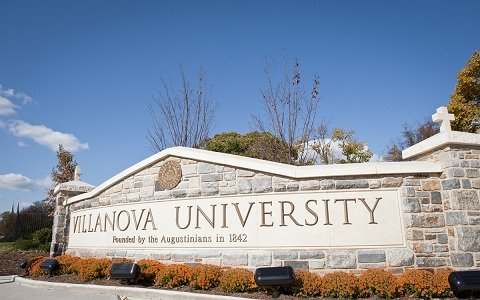The University of Pennsylvania and Villanova University are among just 38 colleges in the United States that produce more graduates in the top one percent of the income scale than the bottom 60 percent, according to findings from a new study of anonymous tax filings and tuition records.
- RELATED ARTICLES
- Report: How Penn could double amount of low-income students
- Top-ranked Villanova School of Business appoints new dean
- In bid for new students, Manor College hits refresh on its image
Conducted by the Equality of Opportunity Project, the study was examined in depth by The New York Times, which produced a series of graphs and customizable charts that allow users to track where their school falls in terms of graduates' economic success.
Among the 38 schools who produce high-earning graduates, Villanova came in at number 24 with 15 percent of graduates in the top one percent and 12.4 percent in the bottom 60 percent. Penn came in at number 29, with 18.7 percent in the top one percent and 16.5 percent in the bottom 60 percent.
Those in the top one percent earned an annual income of $630,000 or greater, while those in the bottom 60 percent earned less than $65,000 per year.
One of the key findings from the study is that this divide tends to benefit those who already come from wealthy families. Despite evidence that lower-income students tend fair just about as well economically when given the opportunity to attend top tier schools, admissions of students in the bottom 40 percent have remained flat for about a decade at America's elite universities.
Penn, for example, enrolls just 8.1 percent of its students from the bottom 40 percent of the income scale. Villanova was even lower, at 5.7 percent.
Data from the study covers individuals who were born between 1980 and 1982, reflecting previous studies that find most Americans remain in a similar position on the income scale from their late thirties to the end of their careers.

